- Tags:
- Heisei / Japanese Women / Makeup / makeup trends / POLA Research Institute of Beauty & Culture / Reiwa
Related Article
-

Maybelline to release electrifying Pikachu makeup collection to beautify Pokemon trainers
-
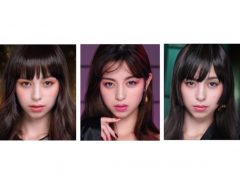
Makeup brand KATE reinterprets Japanese heroines with stylish and simple makeup simulator
-
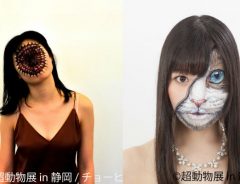
Japanese Body Paint Artist Hikaru Cho Shows Off Surreal Animal-Human Creations At New Exhibit
-
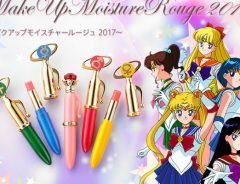
Rock The Sailor Moon Look This Summer With These Transformation Pen Lipsticks
-
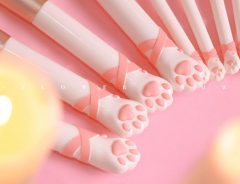
Pretty Up Like A Kitty With Squishy Cat Paw Makeup Brushes
-
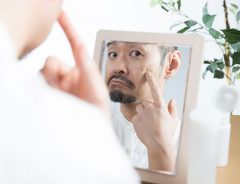
Mika Ahn’s comment about men using makeup is praised online: “Nailed it” “Totally agree”
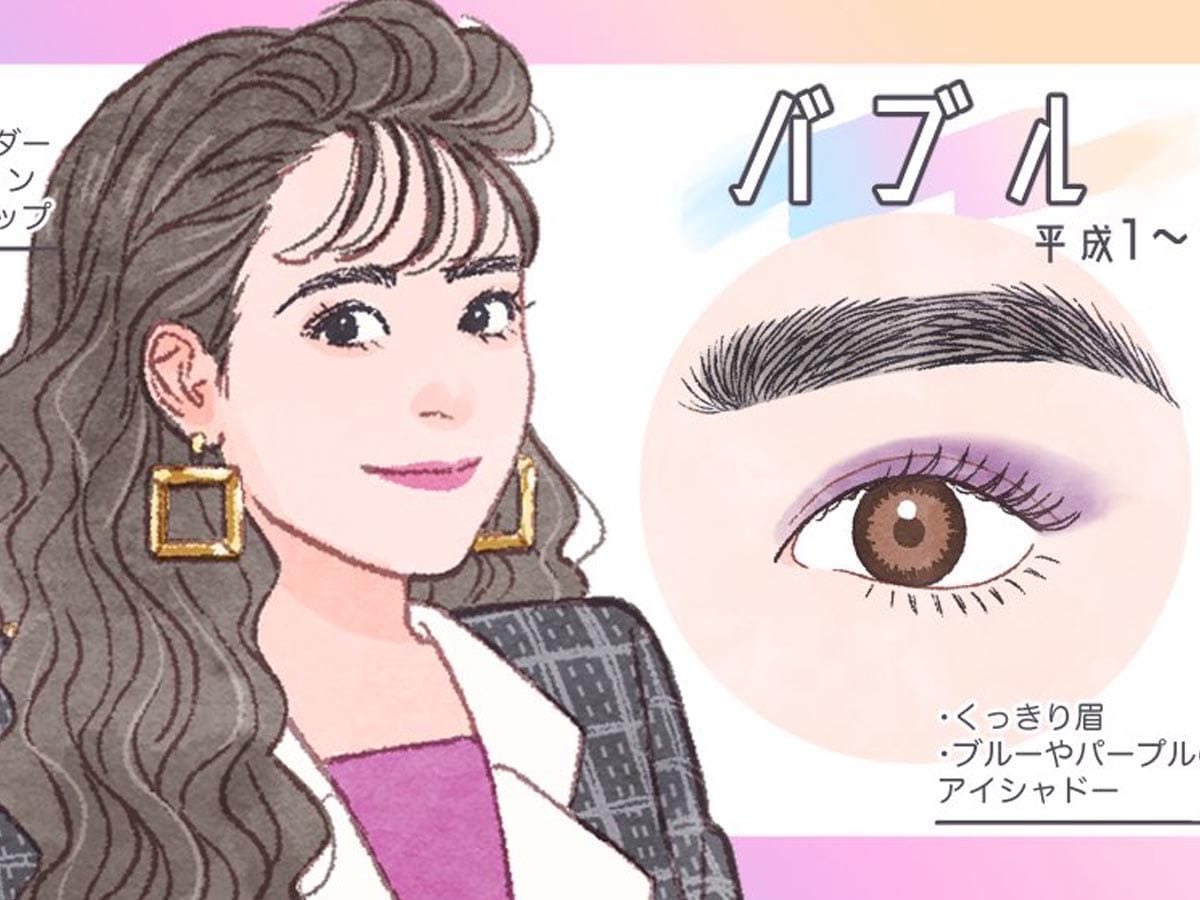


An illustrated history of changing trends in Japanese make-up over the past 30 years has become a big hit with Twitter users. Professional illustrator Pai (@pai02) posted four of the illustrations she created for the new book and they quickly became a hot topic among make-up users, male and female.
Makeup has been handed down from ancient times in various ways, such as grooming and entertainment. Even in modern Japan, many people, regardless of their gender, love makeup.
There are various reasons why this is so. Like fashion, makeup styles come and go as times change. It’s only when we look back over our shoulders that we can appreciate how things have changed and enjoy the vagaries of fashion.
Some say, “I want to be more beautiful.” Others say, “I want other people to appreciate my make-up.” while others say, “I just like wearing make-up.”
Image reproduced with permission from Pai (@pai02) and © POLA Research Institute of Beauty & Culture ポーラ文化研究所
Early Heisei I: the Bubble years
The period from the end of the Showa period in 1989 until the early Heisei period in about 1993 is known as the “bubble era.” This is when Japan’s economy was booming and looked set to leapfrog the United States to become the largest in the world.
Girls wore their hair in bangs and fringes were all the rage (as our lead picture shows). Blue and purple eye shadows were popular, and fashionable girls went in for dark make-up and thick eyebrows.
Image reproduced with permission from Pai (@pai02) and © POLA Research Institute of Beauty & Culture ポーラ文化研究所
Early Heisei II: the Namie Amuro years
Then the bubble burst, the Japanese economy tanked, and girls started dying their hair brown. The ‘shaggy’ look was all the rage. Fake tans, and lip gloss were in. Make-up trends included pearl eye shadow and arched eyebrows.
In the mid-90s, “kogal”, meaning ‘an obsessively trend-conscious teenage girl’ became a buzzword. The leader of the ‘kogal’ pack was singer Namie Amuro, the Queen of Japanese Pop, who was wildly popular. Fans liked her for her make-up just as much as they liked her for her singing.
Image reproduced with permission from Pai (@pai02) and © POLA Research Institute of Beauty & Culture ポーラ文化研究所
Mid-Heisei period: Mote
The ‘Mote’ years cover the period between 2000 and 2009. In this era, the term ‘Mote make-up’ was often used in fashion magazines. Girls aspired to be ‘radiant’ and make-up was bold and strong, with an emphasis on fine, angled eyebrows and ‘crisp’ eyes. Hairdressers talked about the need for ‘volume’ and curls were in. So was colourful eye shadow and translucent lip gloss.
Image reproduced with permission from Pai (@pai02) and © POLA Research Institute of Beauty & Culture ポーラ文化研究所
Late Heisei: Hoteri
Late Heisei ran from 2010 to 2019. The atmosphere on the street changed dramatically during this period, moving away from ‘Mote’ make-up to a look designed to create a softer impression. Makeup artists tried to make their clients’ eyes look bigger than ever. Glossy, lustrous skin care and slightly flushed cheeks were in, as were subtle red eye shadow and colourful mascara.
Pai’s illustrations were well received in the Twitter-sphere, with users quick to show their appreciation. “I used to use this make-up! Seeing it again makes me feel nostalgic!” said one user. “I used to wear make-up like Amuro too!” said another user. “I can’t believe this kind of make-up was ever in fashion,” said another.
In response to the posts, Pai said “Makeup is something that makes people happy. Of course, it's nice to be in fashion, but above all, I want to colour my life with my favorite makeup!”
Looking back, it’s surprising to see how much fashions have changed over the past 30 years. They say that fashions go in cycles, so I suppose it won’t be long before shoulder pads and ‘shaggy’ hair are in vogue again.
Pai’s book Heisei Beauty Flowering: the Trajectory of Beauty over 30 years from Heisei to Reiwa, is now on sale at the POLA Culture Research Institute, which explains in an easy-to-understand manner changing definitions of beauty, as expressed in hairstyles, fashion and makeup.